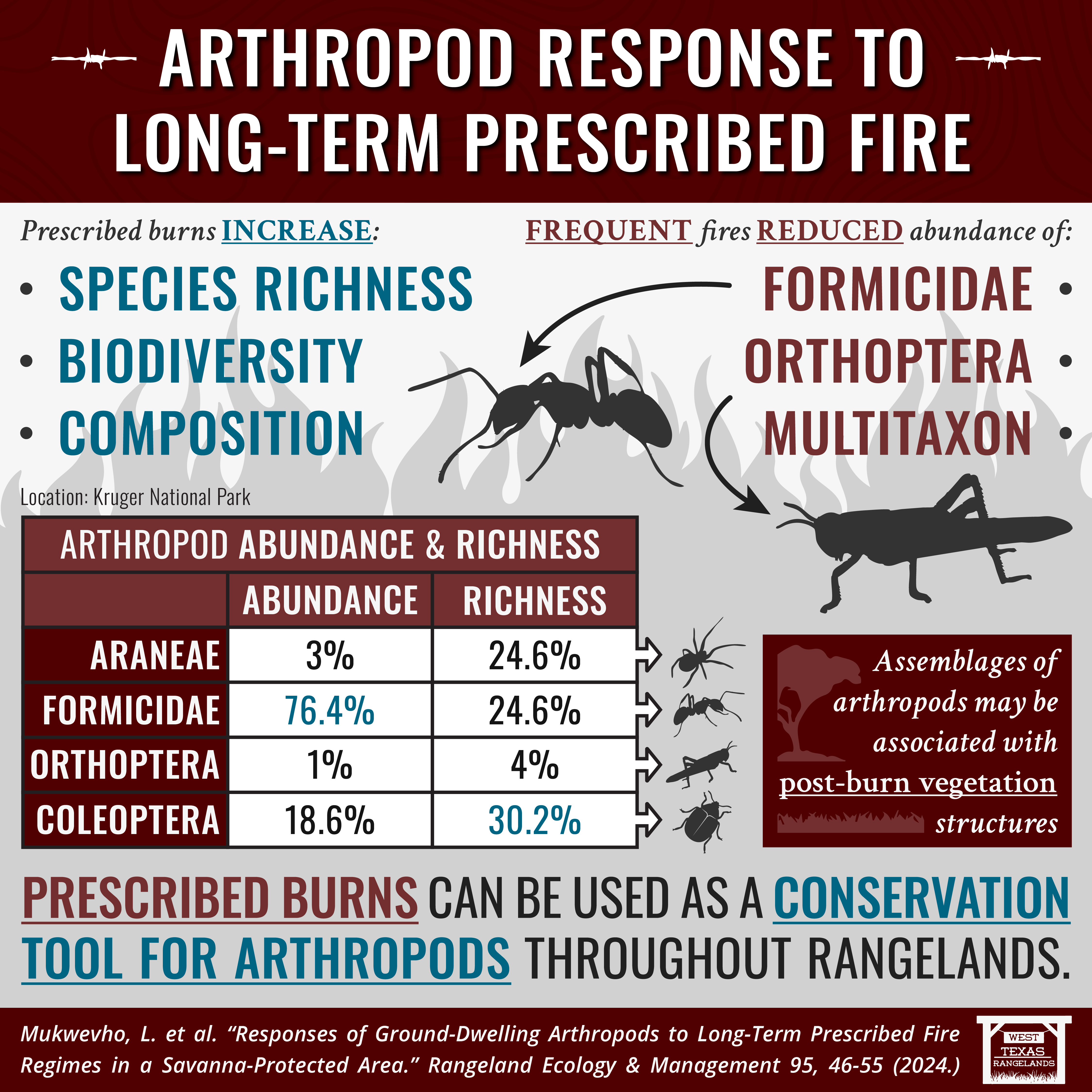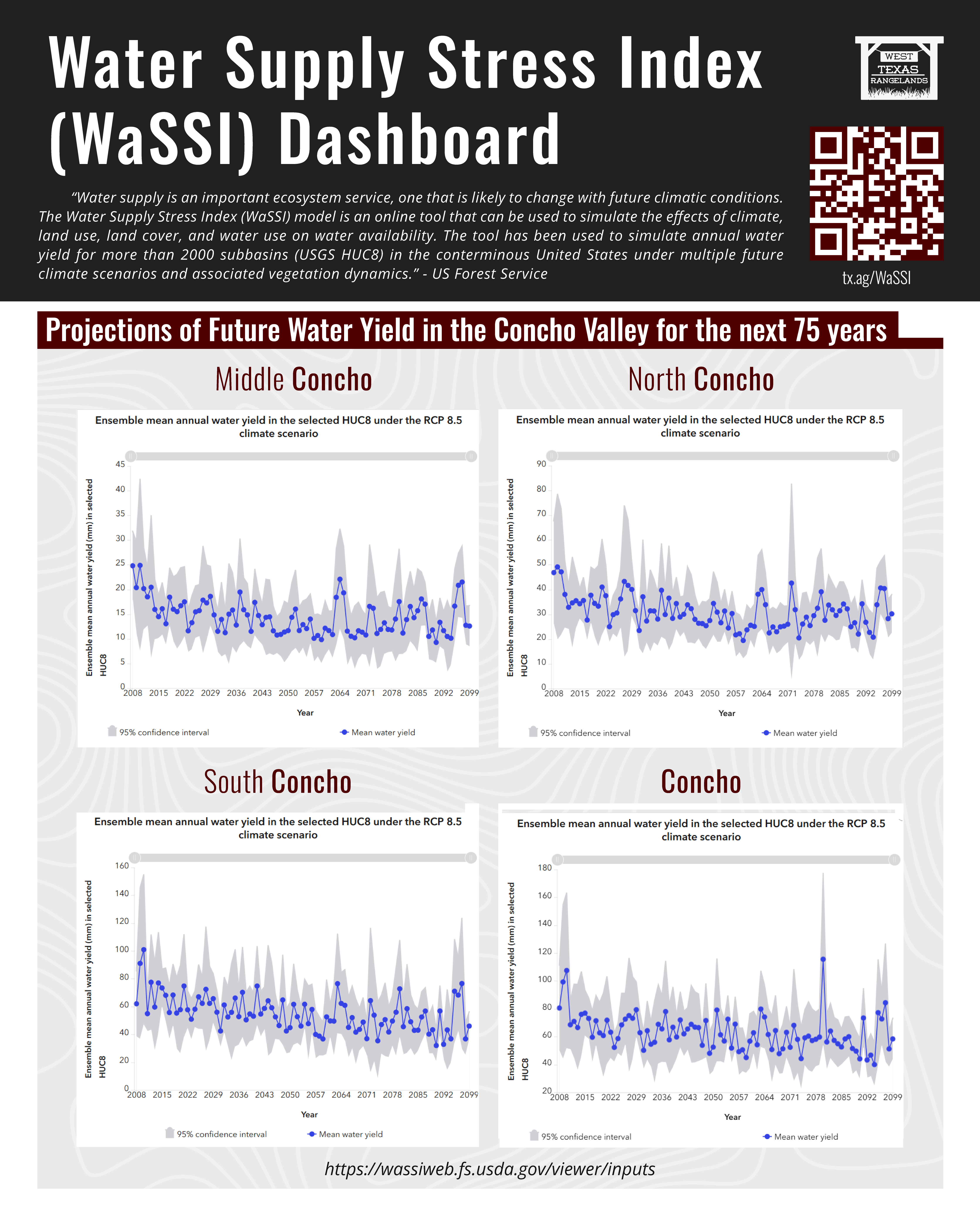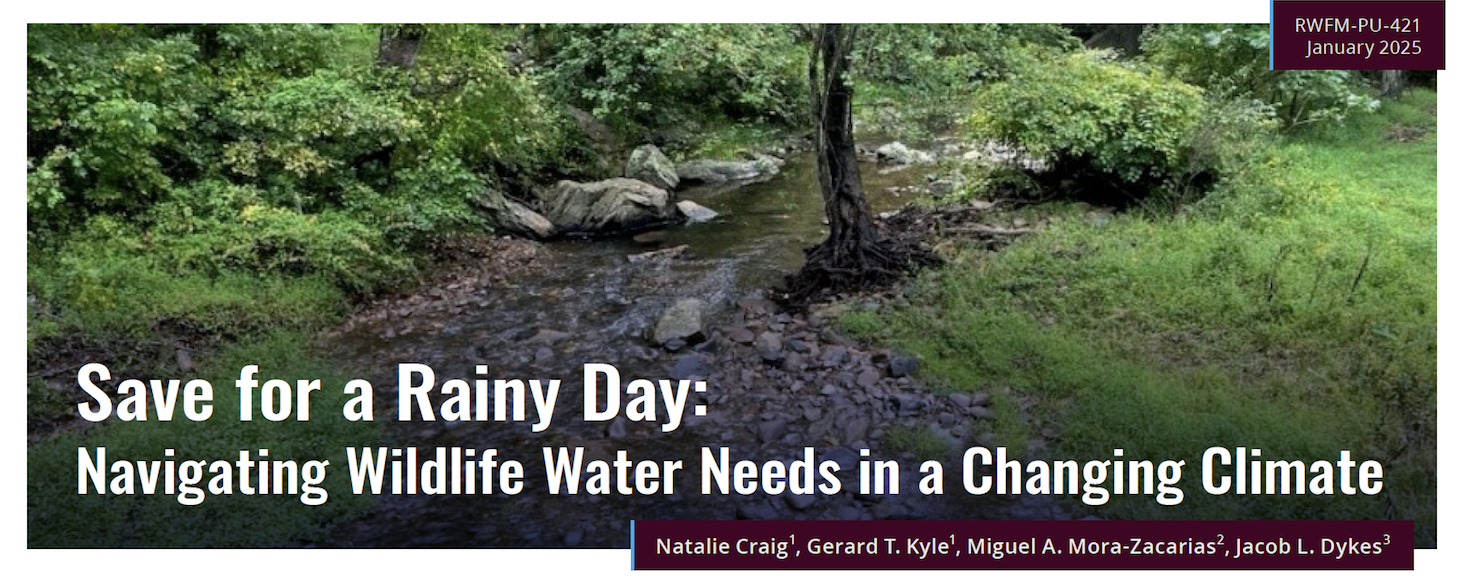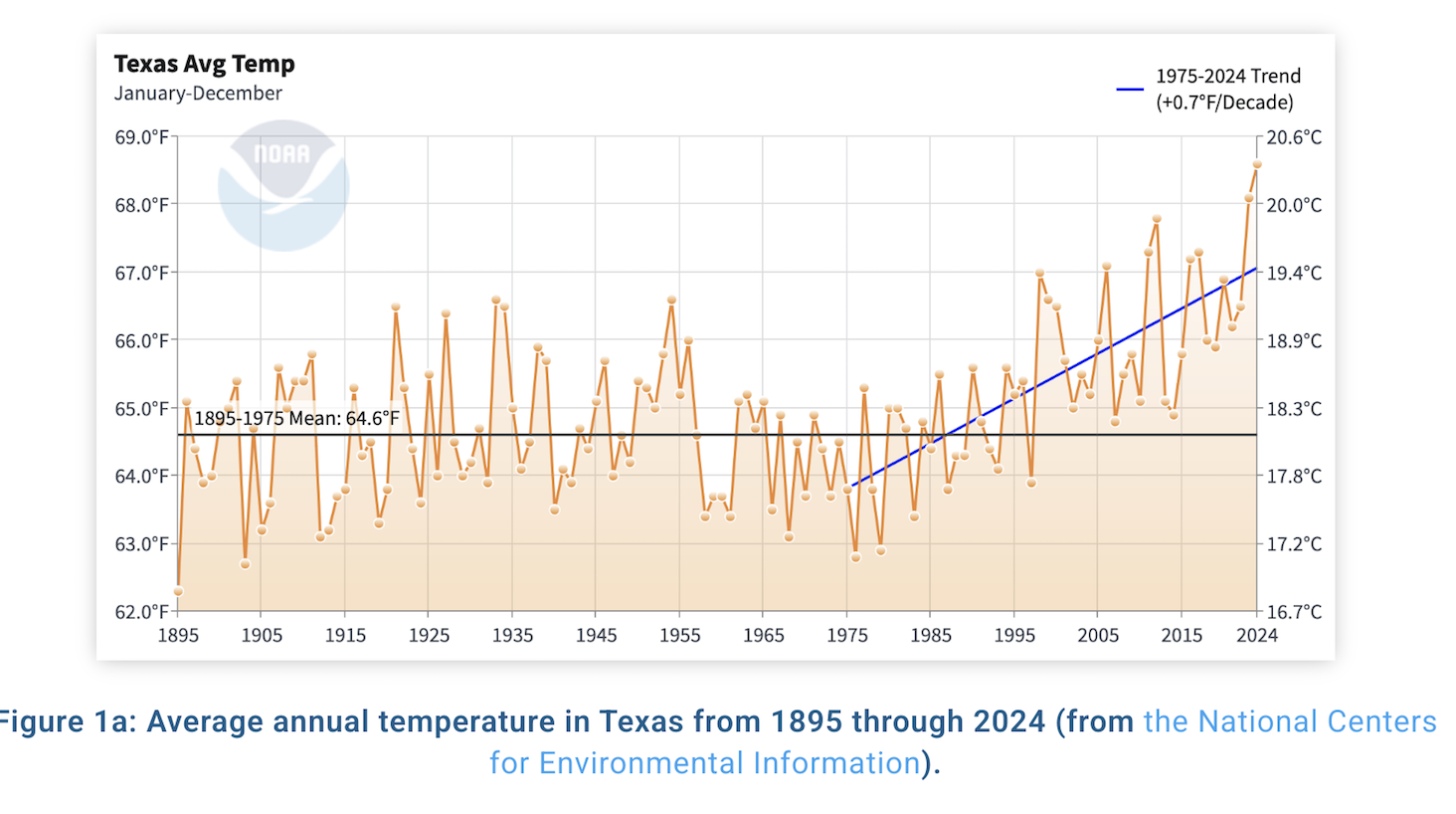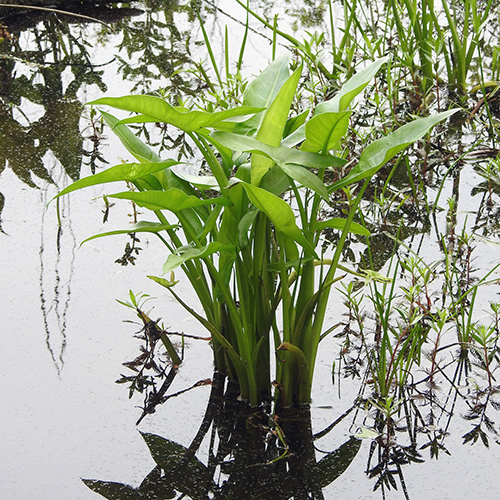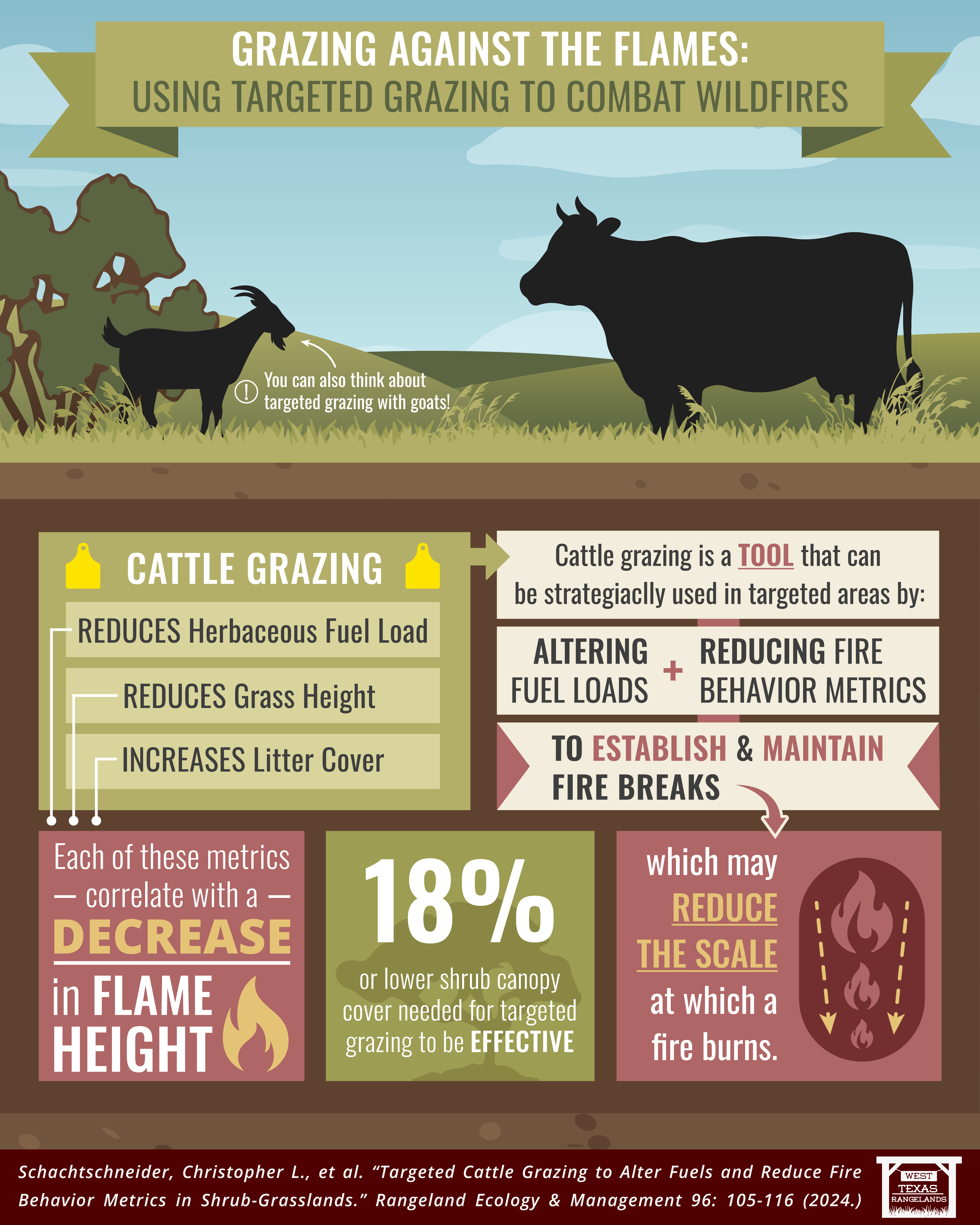 Wildfires are an escalating global crisis, marked by increasing size, frequency, suppression costs, and devastating losses. In the search for effective mitigation strategies, targeted grazing has emerged as a promising technique, strategically employing livestock to manage vegetation and diminish wildfire risks.
Wildfires are an escalating global crisis, marked by increasing size, frequency, suppression costs, and devastating losses. In the search for effective mitigation strategies, targeted grazing has emerged as a promising technique, strategically employing livestock to manage vegetation and diminish wildfire risks.
[Read more…] about Grazing Against the Flames: Using Targeted Grazing to Combat Wildfires

